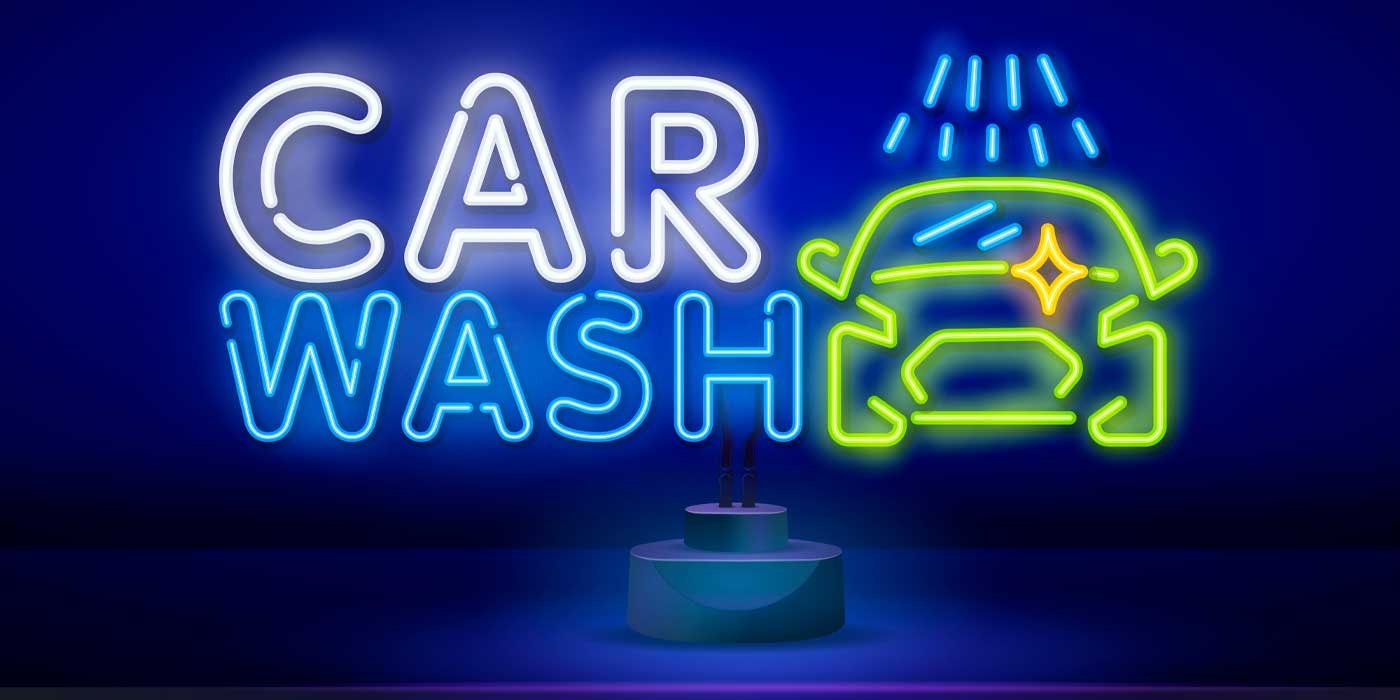Even if engines aren’t your specialty, as a business owner in the car care industry, you should be prepared to field a variety of questions. It’s not just good customer service; it’s also good business sense. When your customers view you as a trusted resource and someone who goes above and beyond the call of duty, you will reap the rewards of word-of-mouth advertising.
If you’re stumped about how to answer engine-related queries, here’s a quick guide to engine servicing. It should help you troubleshoot customer complaints, allowing you to offer a quick solution to solve the problem or to recommend a professional service to get the job done.
DIY engine troubles
Replacing a broken drive belt. A customer with a broken, worn or loose drive belt is likely to complain of squeaking sounds whenever starting up the car. The sound may also be described as nails on a chalkboard. Drive belts are also associated with squealing noises that arise in conjunction with the use of windshield wipers, the car’s cooling system and power steering.
Popping the hood of the car to take a peek at the engine’s exterior will quickly confirm your suspicions. The drive belt is located on the outside of the engine, and the belt loops around the accessories installed around the engine, like the water pump and alternator. Look for cracked, damaged or frayed sections of the belt. If you don’t see any obvious physical blemishes, check that the drive belt is on tight enough. To solve the squealing problem, this belt simply needs to be replaced, which is easy enough to do with a bit of guidance from car care resources.
Changing spark plugs. There are many “symptoms” that point to a spark plug problem. Fortunately, replacing spark plugs is easy to do and inexpensive, because the only tools needed are new spark plugs and a spark plug socket wrench. Therefore, if replacing the spark plugs doesn’t solve the car’s problem, it won’t put your customer out of pocket. However, if faulty spark plugs were indeed the cause, your customer will have not only fixed his or her car, but also learned a new skill and gained confidence under the hood. It’s a win-win.
Some of the tell-tale signs that spark plugs are at the root of the problem are engine surging and engine misfiring. Both instances cause the car to have a jerking motion in which the car seems to start and stop at odd times or to suddenly slow down. This is a clear signal that something in the engine is working inefficiently or incorrectly, and it’s often the spark plugs. Engine surging and engine misfiring can be scary or downright dangerous, as it feels like the car could sputter to a stop at any moment. It can also increase the likelihood of being rear-ended.
A rough, vibrating sound coming from the engine when idle is also a strong indication that the spark plugs need to be changed out. Likewise, a car that does not accelerate quickly or smoothly should also have its spark plugs inspected and changed. If you suddenly feel like your car is acting like the “little engine that could” or your car seems to work extra hard to climb up a hill, it’s a sign of poor acceleration and faulty spark plugs.
Finally, the two other common symptoms are high fuel consumption (fuel inefficiency) and trouble starting the engine. Fuel inefficiency is caused by incomplete combustion in the engine, and the source is likely to be worn out spark plugs. If a customer has noticed that he or she is having to refuel more often, ask if any of the above symptoms are also present. If the customer seems interested in do-it-yourself (DIY) auto repair, recommend some resources that will help him or her change out the spark plugs correctly.
Fixing radiator leaks. A radiator that isn’t functioning correctly can lead to an overheated engine, so it’s well worth taking the time to perform some simple maintenance and repair on the radiator to avoid having to spend hundreds of dollars on fixing or replacing an overheated engine. A leaking radiator can be diagnosed by the presence of colored puddles (usually green, orange or yellow) on the ground under the radiator. If your customer asks for advice, or you notice the puddles while the car is in your care, you can pop the hood and look for the same color of liquid on the radiator hoses. This can help you spot an external leak and pinpoint the exact section of the hose that needs to be replaced.
If you can’t find the leak, it’s likely that it is inside the radiator itself, which is trickier and worth taking to a professional. Hoses are a breeze to change out, because the hose is simply unclamped, replaced and clamped again. You can also advise your customers to prevent leaks and to ensure that the radiator continues to function well by routinely flushing the radiator with a substance specially designed to remove buildup in the hoses.
Engine problems best left to the professionals
An engine that has overheated. When it comes to overheating engines, DIY is best reserved for attempting to avoid it in the first place rather than addressing the repercussions of an overheated engine. Once an engine has overheated, it is difficult to know the extent of the damage. Let a mechanic with extensive experience and training handle that. If a customer mentions that his or her engine overheated recently but that it hasn’t yet been taken to a professional, advise that he or she does so without delay. Otherwise, the risk for even more extensive and expensive damage is too great. Yes, having a professional mechanic do damage control on an overheated engine — or replace it entirely — is costly; but the cost of professional repair will skyrocket if car owners attempt to fix it themselves and only end up making matters worse. The best thing you can do in this situation is refer your customer to a highly skilled mechanic and provide some tips on how to prevent overheating in the future.
Engine diagnostics. When the engine light dings on, it’s often at the most inconvenient times, such as when money is tight or when being without a car for a few days. Therefore, some people will keep driving until something obviously seems to be wrong or stops working. The problem with engine lights is that they aren’t specific. Any number of things, and of varying severity, could be compromised in the engine. Also, it’s impossible to simply look at an engine and perform diagnostics. A diagnostic tool is a tool specific to a car’s make and model. It is expensive, but it’s a sensible investment for professional mechanics; with a hefty price tag, this tool is a waste of money for individual car owners who probably would still have to take their car into the mechanic for subsequent repairs.
These six common engine problems are easy enough for you, as a car care industry professional, to diagnose for your customers and to advise them accordingly. When a problem can be fixed by DIY procedures, your customers will thank you for being honest with them and allowing them to save some money and gain a greater understanding of their vehicle.
Cathy Habas is a freelance writer, editor and translator based in Louisville, Kentucky. She seeks to empower first-time car owners to understand their vehicles and grow comfortable with routine maintenance. Habas enjoys taking road trips along scenic byways with the windows rolled down, and preferably with a dog as her co-pilot.














